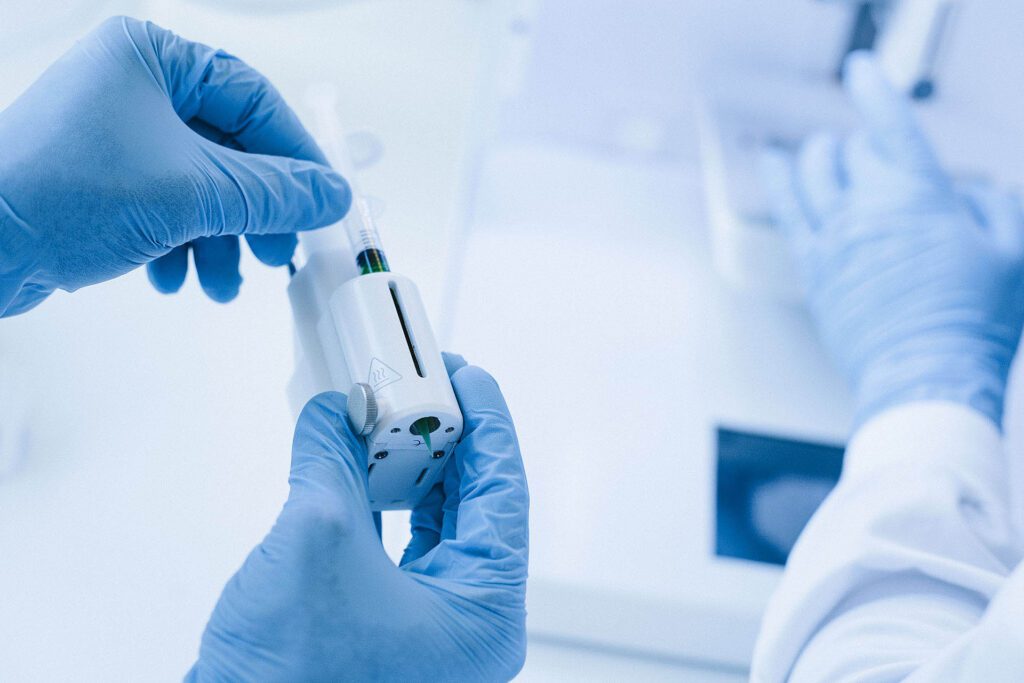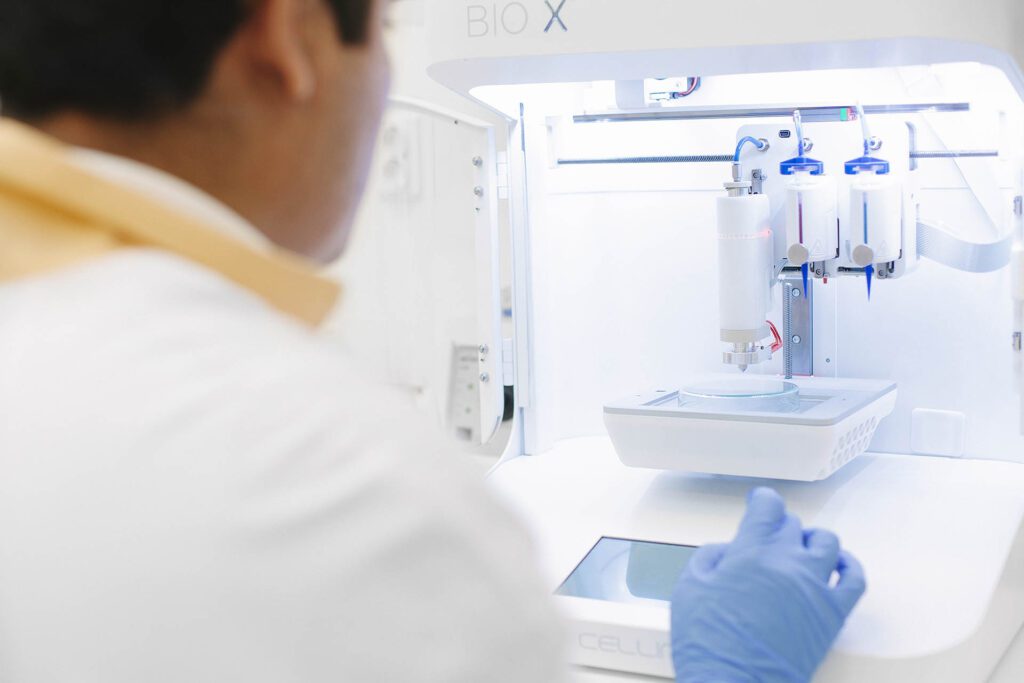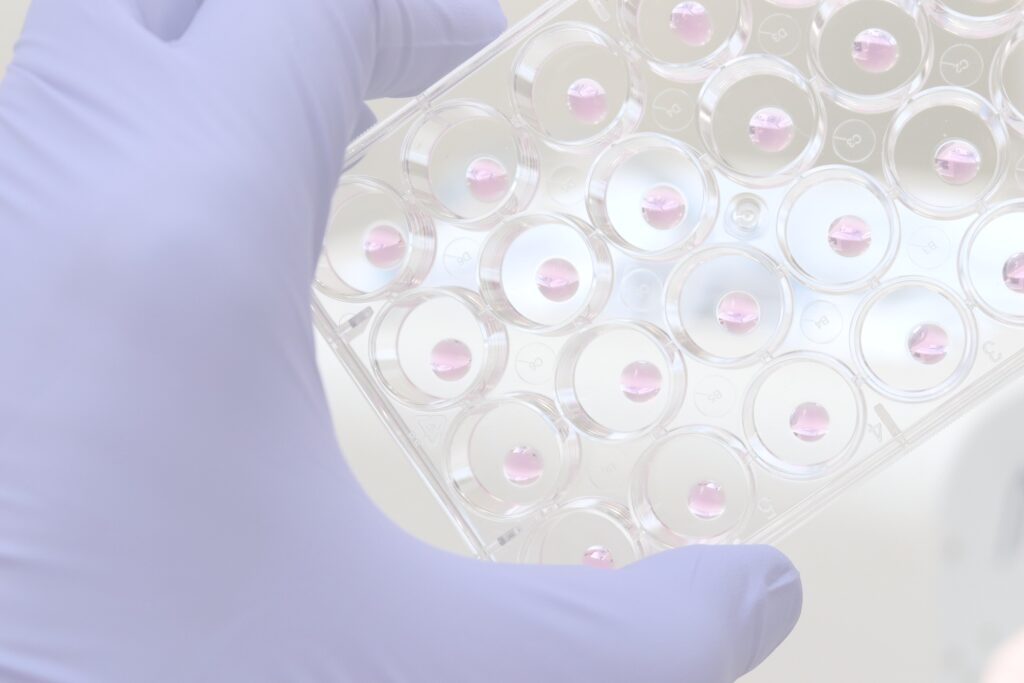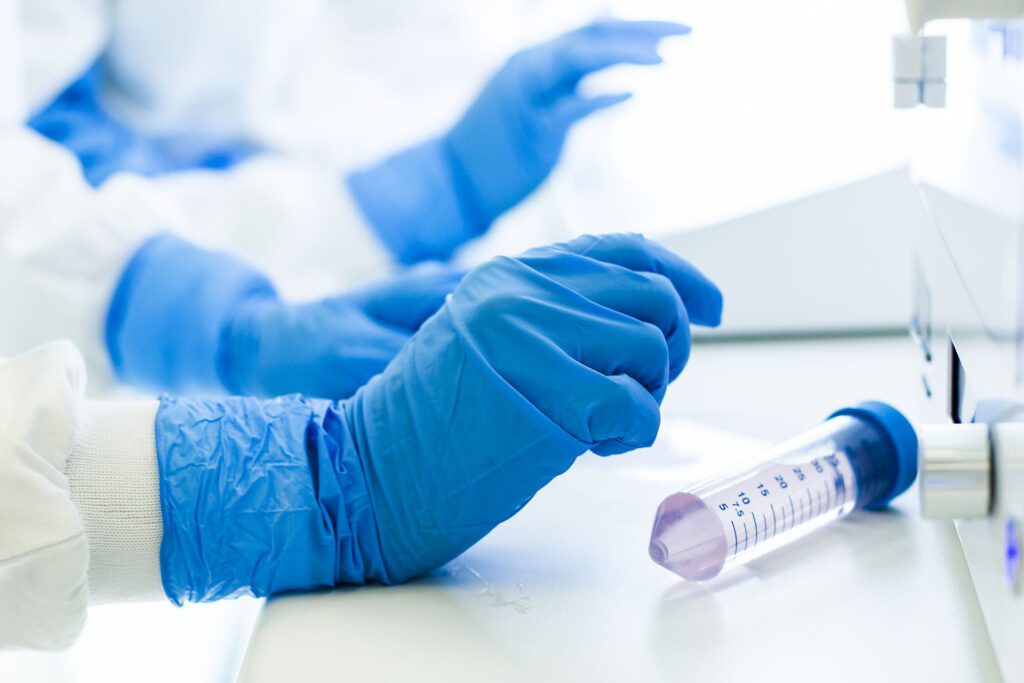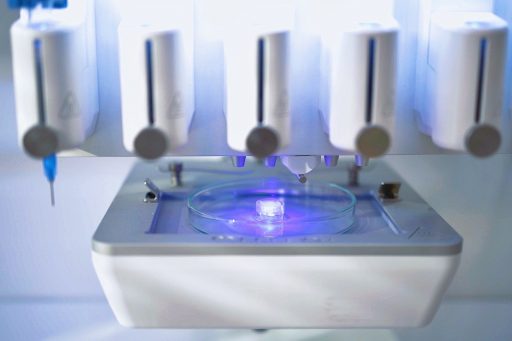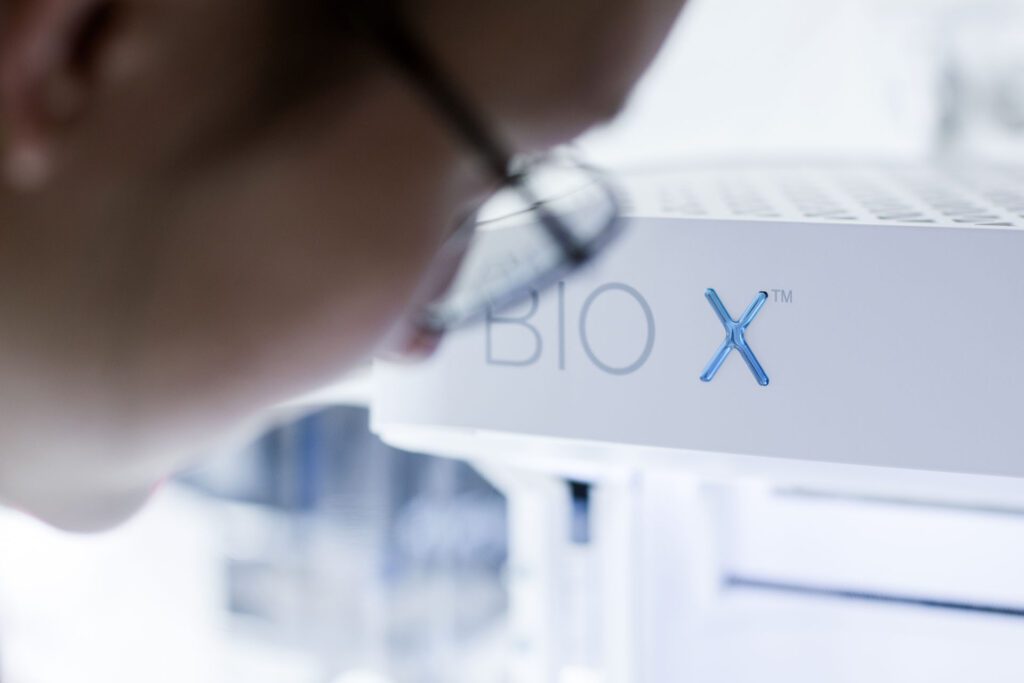GelMA, Explained Simply
The Use of Gelatin Methacrylate in 3D Cell Culture and Bioprinting
GelMA, or gelatin methacrylate, is a biomaterial with cell native character and extraordinary versatility across applications. That’s why GelMA has become a cornerstone biomaterial in the bioprinting and 3D cell culture field.
Labs all over the world can synthesize their own gelatin methacrylate, which creates margins of inconsistency. To address this, CELLINK provides high-quality GelMA with low batch-to-batch variation. Hundreds of labs around the globe leverage CELLINK’s lyophilizates, hydrogels and bioinks for their research.
Products
| PhotoGel® 50% DS | Lyophilizate | Product page |
| PhotoGel® 95% DS | Lyophilizate | Product page |
| GelMA 95% DS | Stock Solution | Product page |
| GelMA 20% | Hydrogel | Product page |
| GelMA Bioink | Bioink | Product page |
| GelMA A | Bioink | Product page |
| GelMA C | Bioink | Product page |
| GelMA Fibrin | Bioink | Product page |
| GelXA | Bioink | Product page |
| GelXA Bone | Bioink | Product page |
| GelXA Fibrin | Bioink | Product page |
| GelXA Laminink+ | Bioink | Product page |
| GelXA Laminink 111 | Bioink | Product page |
| GelXA Laminink 121 | Bioink | Product page |
| GelXA Laminink 411 | Bioink | Product page |
| GelXA Laminink 521 | Bioink | Product page |
| GelXG | Bioink | Product page |
| PhotoGel®-INK 50% DS | Photoink | Product page |
| PhotoGel®-INK 95% DS | Photoink | Product page |
What is GelMA?
GelMA, or gelatin methacrylate, is a biomaterial produced from gelatin. Simply explained, gelatin itself is a natural protein derived from collagen.
In GelMA, the gelatin’s amine groups have been partially and chemically modified with methacrylate groups. This modification makes the methacrylated gelatin photocrosslinkable when combined with a photoinitiator. This is crucial for tissue engineering, as photocrosslinking facilitates the stability of printed constructs in 3D cell culture conditions.
Benefits of methacrylated gelatin
It begs repeating – GelMA is excellent due to its versatility. The main reason GelMA hydrogels have received widespread use in the biomedical field is due to its unique biological properties. These properties enable excellent cell attachment and cell proliferation of various cell types. In short, here are four key factors why researchers choose to print with gelatin methacrylate.
1. Biocompatability
2. Biodegradability
3. Tunable properties
4. Bioprintability
What applications can it be used for?
As covered above, GelMA has biomimetic and tunable properties as well as a high degree of printability. These qualities make it a useful biomaterial in various research areas, for both cell laden and acellular applications. Below, we list a multitude of application notes where you can discover how methacrylated gelatin can be used in various applications.
Application Notes
Below, we list a few application notes where GelMA has been used in the 3D bioprinting process.
